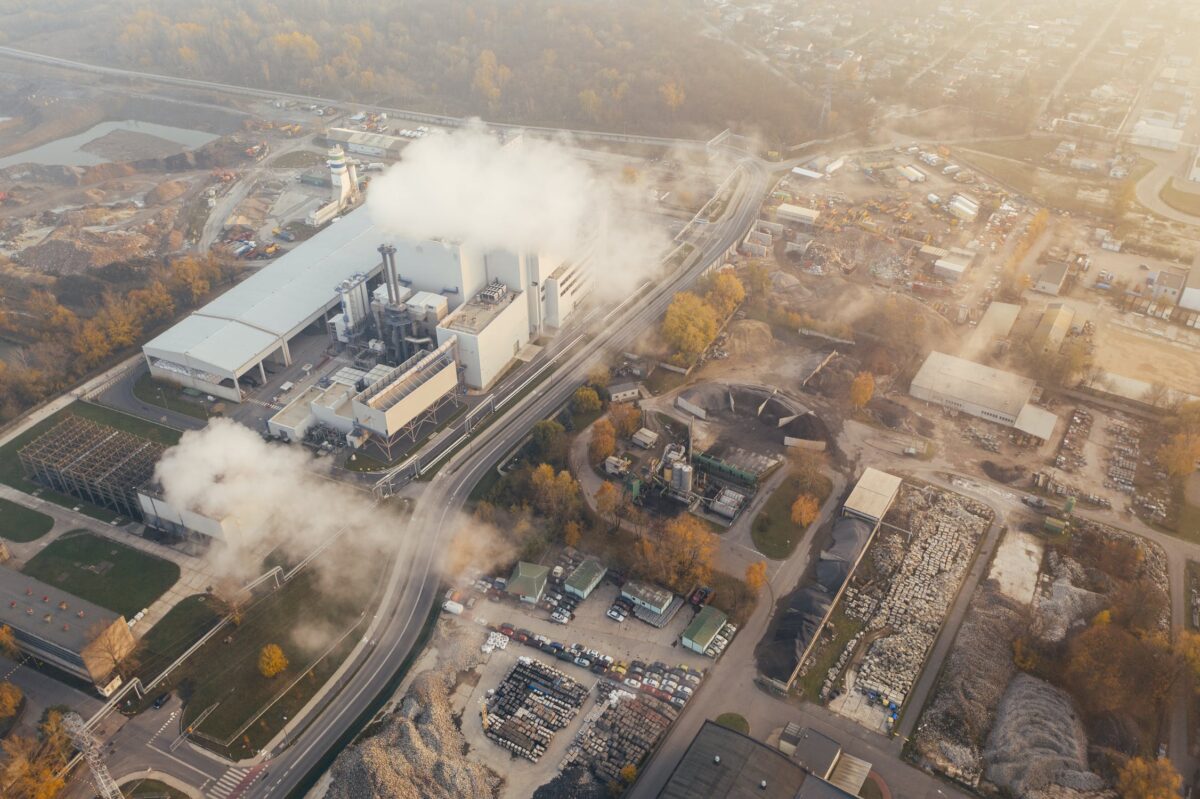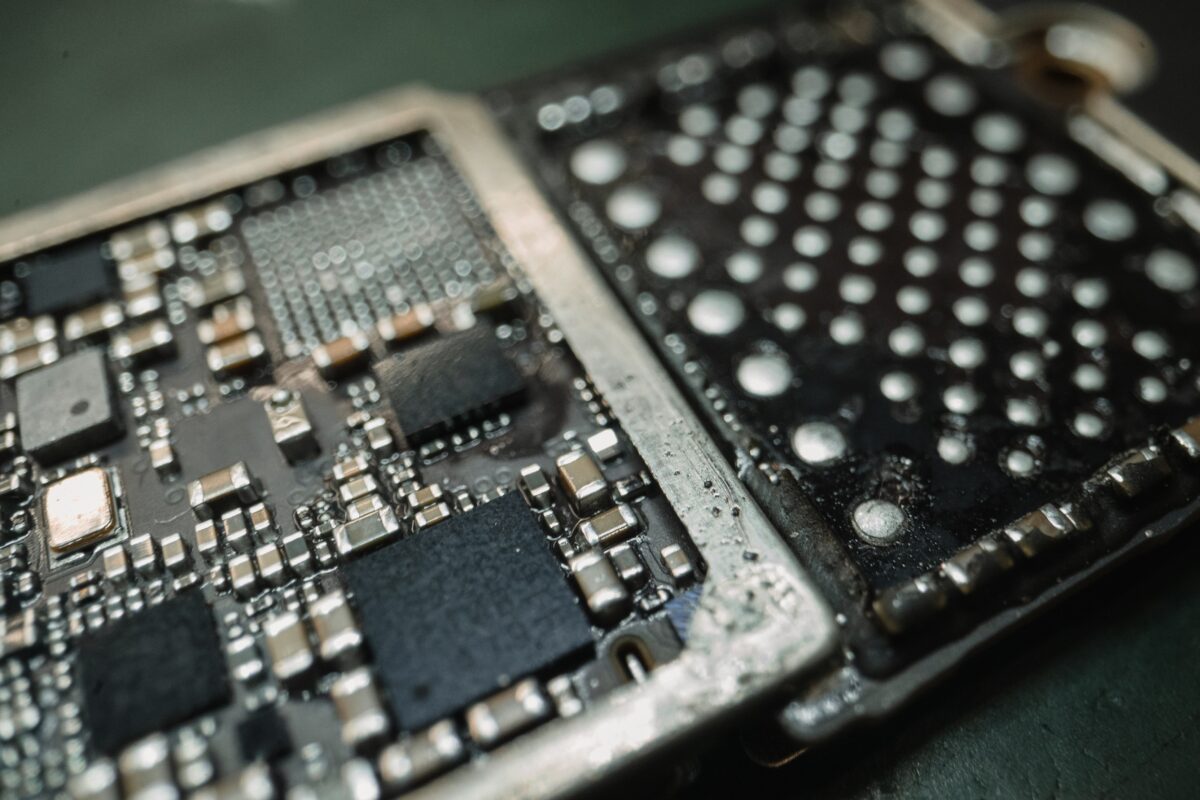How electronics shortages may affect Christmas
Christmas is just around the corner, and while many shortages have calmed there are some that persist and will have an impact on the usual holiday festivities.
Despite reports that shortages are ending, more than half of semiconductor industry leaders are expecting them to continue into 2023.
There are shortages that we have been prepared for as the months counted down to the holidays. However, other shortages may catch some unawares.
Much of the news regarding shortages has revolved around the difficulty producing new, smaller nodes. These are the semiconductors going into new consumer electronics, often purchased as Christmas gifts.
What was expected:
As semiconductor shortages persist, next-gen consumer electronics will be in limited supply. Demand always spikes around the holidays, as consumers prepare for the gifting season. But some will be out of luck since electronics have also been affected by the shortages.
While consumer electronics, including smartphones, smart home devices, and games consoles have become slightly more stable, there will still be shortages in the face of holiday buying and events like Black Friday.
This also affects the manufacture of new cars, both fuel and electricity-powered models. Many car companies have lowered the number of vehicles produced. Although they haven’t been able to meet the increased demand, semiconductor shortages mean they cannot produce more.
What you didn’t expect:
New electronic components are not the only ones that are in short supply. Older components and obsolete electronic parts have also become scarcer.
Embedded flash microcontrollers are one component that has long been used in automotive manufacture. Most of the ones used are still using older nodes, like 90nm. So while new cars are being affected, older cars in need of repair will also be impacted.
Industrial electronics are also at risk due to shortages, since they similarly rely on legacy nodes. Traditionally these would be the more stable of options for electronic components. However, the reserves that have taken years to build are now being drained.
Although companies are planning on investing in legacy nodes, the shortages are expected to last until at least 2024, if not 2025.
The shortages show no sign of stopping, and manufacturers will be dealing with the effects of it for years to come. There are surely plenty of electronic components and markets affected that have not been mentioned here, so this overview is by no means exhaustive.
What to expect
As shortages persist, there’s no better time to get in touch with us.
Lantek Corp has an extensive supply of day-to-day and obsolete electronic components. If you have been struggling to source components elsewhere, Lantek Corp is there for you.
Let us provide your Christmas miracle this year, call us on 1-973-579-8100 or email us at sales@lantekcorp.com



